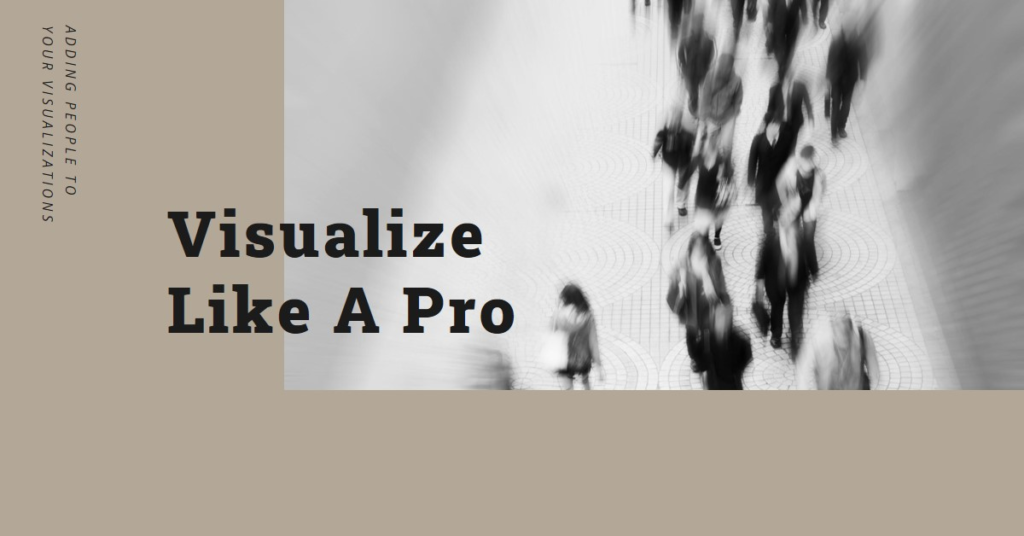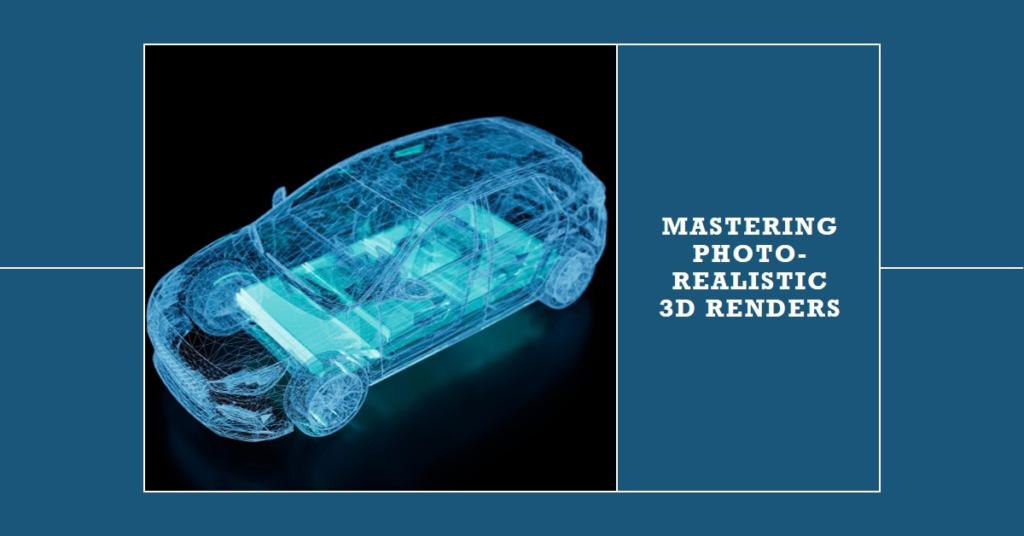
Table of Contents
Adding people into architectural visualizations brings life, scale, and context to your designs, making them more relatable and engaging for viewers. However, integrating human figures seamlessly requires skillful techniques and attention to detail. In this comprehensive guide, we’ll explore professional strategies and best practices for adding people into visualizations like a pro, enhancing the realism and storytelling of your architectural renders.
1. Understanding Scale and Proportion
The key to realistic human integration lies in understanding scale and proportion within your scene. Start by determining the appropriate size of human figures relative to architectural elements such as doors, windows, furniture, and spatial dimensions. Consider the perspective and viewing angles of your render to ensure that human scale remains consistent across different parts of the scene. Pay attention to the proportions of different body types, ages, and genders to create diverse and realistic representations within your visualizations.
2. Selecting High-Quality People Assets
Choose high-quality 3D models or image assets of people that align with the style, context, and narrative of your architectural project. Look for models with detailed textures, realistic poses, facial expressions, and clothing variations to add authenticity and visual interest to your renders. Ensure that the resolution and quality of people assets match the overall quality of your architectural scene to maintain visual coherence and realism.
3. Matching Lighting and Shadowing
Achieving seamless integration requires matching lighting and shadowing between human figures and the surrounding environment. Pay attention to the direction, intensity, and color temperature of light sources within your scene to cast accurate shadows and highlights on human assets. Adjust shadow softness, opacity, and position to simulate realistic interactions between people and architectural elements based on lighting conditions. Consistent lighting enhances the believability of human presence in your visualizations.
4. Incorporating Contextual Interaction (Visualization)
To enhance realism and narrative depth, incorporate contextual interactions between human figures and architectural spaces. Position people realistically within the scene, engaging in activities such as walking, sitting, conversing, working, or enjoying leisure moments. Consider environmental elements like wind effects on clothing, reflections on surfaces, and interactions with objects or technology to create dynamic and believable scenarios that resonate with viewers.
5. Implementing Depth of Field and Focus
Utilize depth of field (DOF) and focus effects to draw attention to specific areas of your visualization while adding cinematic depth and realism. Adjust focal distances, aperture settings, and lens effects to blur backgrounds or foregrounds selectively, mimicking camera focus and depth perception. Apply DOF strategically to highlight human figures or architectural details, emphasizing key points of interest and guiding viewers’ gaze within the scene.
6. Customizing Poses and Expressions
Tailor poses, gestures, and expressions of human figures to suit the mood, narrative, and functionality of your architectural visualization. Use 3D modeling software or pose libraries to access a variety of natural poses, dynamic actions, and facial expressions that convey emotion and realism. Experiment with subtle variations in posture, body language, and facial expressions to add nuance and character to your rendered scenes, evoking empathy and connection from viewers.
7. Creating Crowds and Group Dynamics
For scenes depicting public spaces, events, or urban environments, create crowds and group dynamics using multiple human assets. Randomize poses, clothing styles, ages, and ethnicities to simulate diversity and realism within crowds. Pay attention to spatial distribution, density variations, and group formations to avoid repetition and create a naturalistic sense of movement, interaction, and social engagement among people in your visualizations.
8. Integrating Motion and Animation
For enhanced storytelling and dynamic visuals, consider integrating motion and animation into your architectural renders. Incorporate animated sequences such as people walking, vehicles moving, or dynamic elements like waving flags or swaying trees to breathe life into static scenes. Use animation software or plugins to create realistic motion paths, timing variations, and choreographed movements that synchronize with your architectural context and narrative themes.
9. Blending with Post-Processing Techniques
After rendering, apply post-processing techniques to blend human figures seamlessly into your architectural visualizations. Use image editing software to adjust color tones, contrast levels, and lighting effects to match human assets with the overall scene ambiance. Fine-tune shadow intensity, blur edges, and refine edges using masking or blending modes to ensure natural integration and visual coherence between people and their surroundings.
10. Iterative Refinement and Feedback


Achieving professional results requires iterative refinement and feedback loops. Seek input from peers, mentors, or clients to evaluate the believability, composition, and storytelling impact of human integration in your visualizations. Iterate on poses, expressions, lighting adjustments, and contextual details based on feedback and continuous self-assessment, honing your skills and elevating the quality of your architectural renders with each iteration.
By mastering these techniques and approaches, you can add human figures into your architectural visualizations like a pro, creating immersive, relatable, and visually compelling scenes that resonate with audiences and communicate your design vision effectively.


